Livestock
-
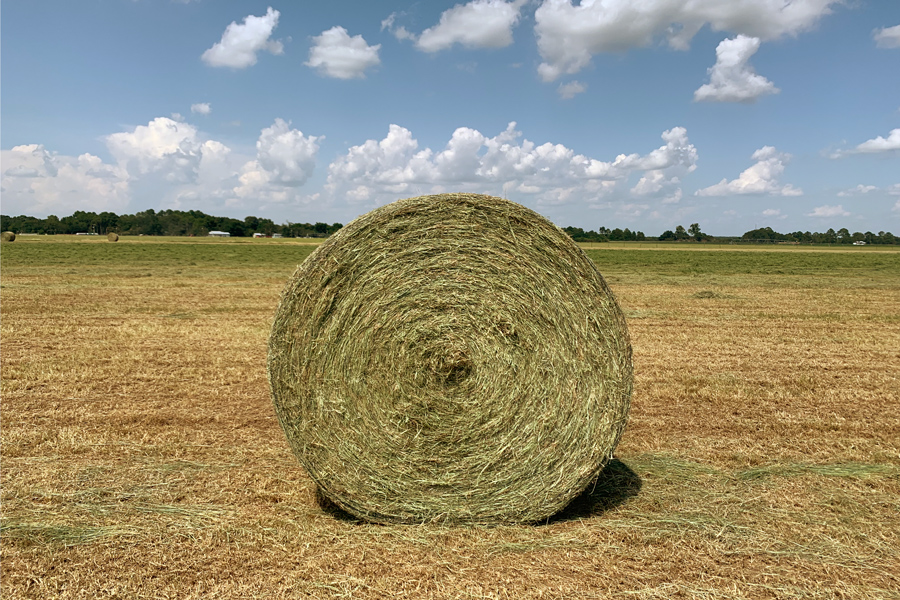
This circular is useful for anyone working directly with livestock producers on interpreting and using forage reports. It also provides a “checklist” for taking forage samples from hay or baleage bales. It summarizes how to properly collect a forage sample, read the basic components of the lab’s report, and use the report for developing a basic feed plan.
Lawton Stewart, Jennifer J. Tucker, and Lisa Baxter
|
-
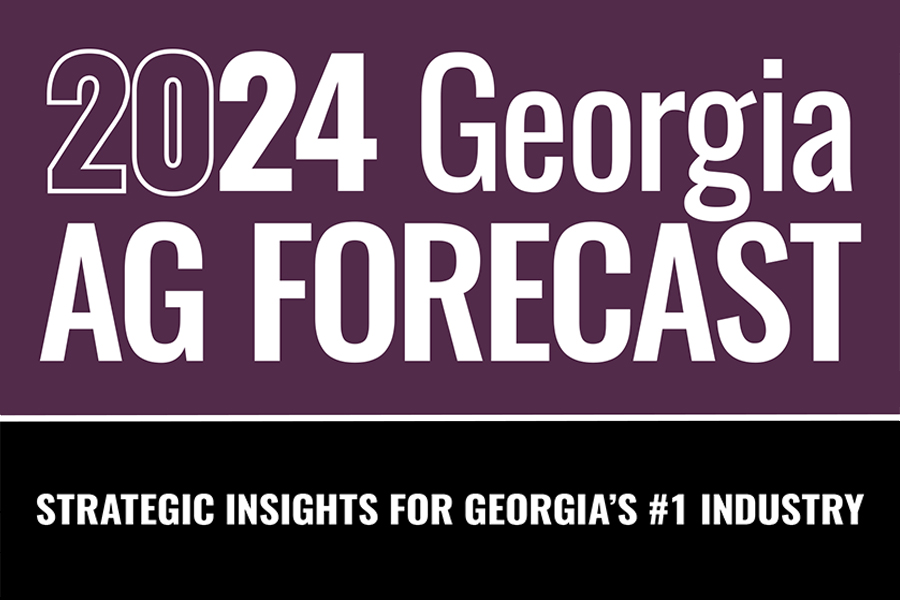
AP 130-2-08
2024 Beef Cattle Outlook
1. The beef cattle outlook is positive in 2024. Tight supplies and stable consumer demand are expected to push cattle prices higher in the year ahead.
2. Risks come from the demand side if U.S. consumers are uninterested or unable to pay for higher-priced beef. Additionally, input cost uncertainty may squeeze margins.
3. Overall, beef cattle prices are expected to move higher year-over-year throughout 2024.Ben Campbell and William Secor
|
-

Beef cattle evaluation is important for all segments of the cattle industry. Visual evaluation allows you to compare animals not only for various economically viable traits, such as growth performance and potential carcass merit, but also for traits that are indicators of functionality in each production environment, such as skeletal structure. These traits are often difficult to quantify and are commonly considered convenience traits as they do not have a direct impact on income. Still, traits such as these can have a significant management and economic impact across multiple generations of offspring.
This publication is intended to help the reader develop visual evaluation skills for cattle with particular emphasis on breeding cattle. Visual evaluation combined with industry best management practices is key to overall success in selecting quality replacements.
Jason Duggin and Dylan Davis
|
-

AP 130-1-07
2023 Beef Cattle Outlook
1. Severe drought elevated cow slaughter in 2022. With fewer cows to slaughter in 2023, cattle prices are expected to increase. 2. China could become the largest export destination for U.S. beef in 2023. 3. As per capita beef consumption grows, there also will be a growing interest in plant-based alternatives.
Amanda R Smith
|
-

AP 130-1-08
2023 Pork Outlook
1. 2022 U.S. pork prices continue to increase because of the limited number of slaughter-ready pigs. 2. Good outlook for 2023 as feed prices likely decrease and export demand increases.
Amanda R Smith
|
-
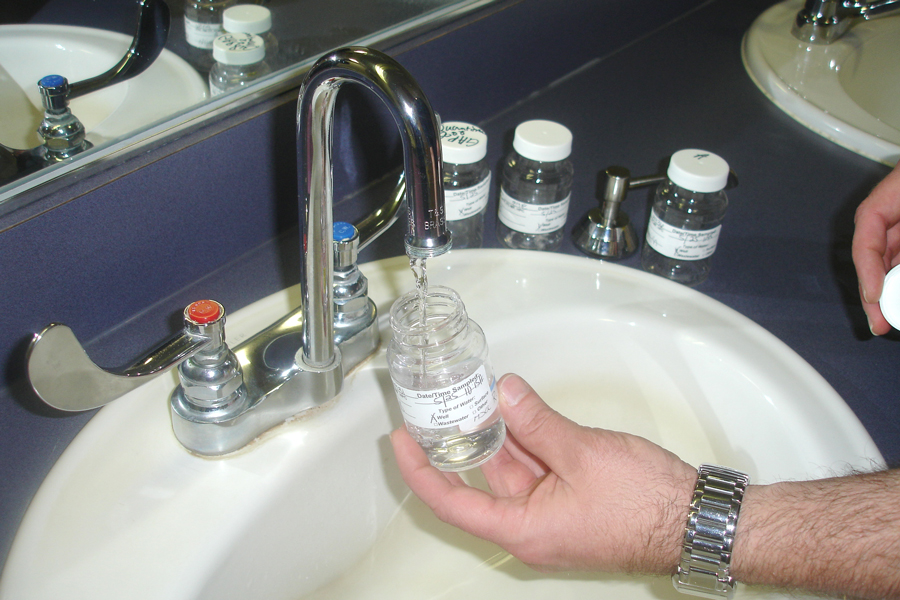
An abundant supply of clean, safe drinking water is essential for human and animal health. Water from municipal or public water systems is treated and monitored to ensure that it is safe for human consumption. Many Georgia residents, especially in rural areas, rely on private water systems for human and livestock consumption. Most private water systems are supplied by wells. Water from wells in Georgia is generally safe for consumption without treatment. Some waters, however, may contain disease-causing organisms that make them unsafe to drink. Well waters may also contain large amounts of minerals, making them too “hard” for uses such as laundering, bathing or cooking. Some contaminants may cause human health hazards and others can stain clothing and fixtures, cause objectionable tastes and odors, or corrode pipes and other system components.
Uttam K. Saha and L. Mark Risse
|
-
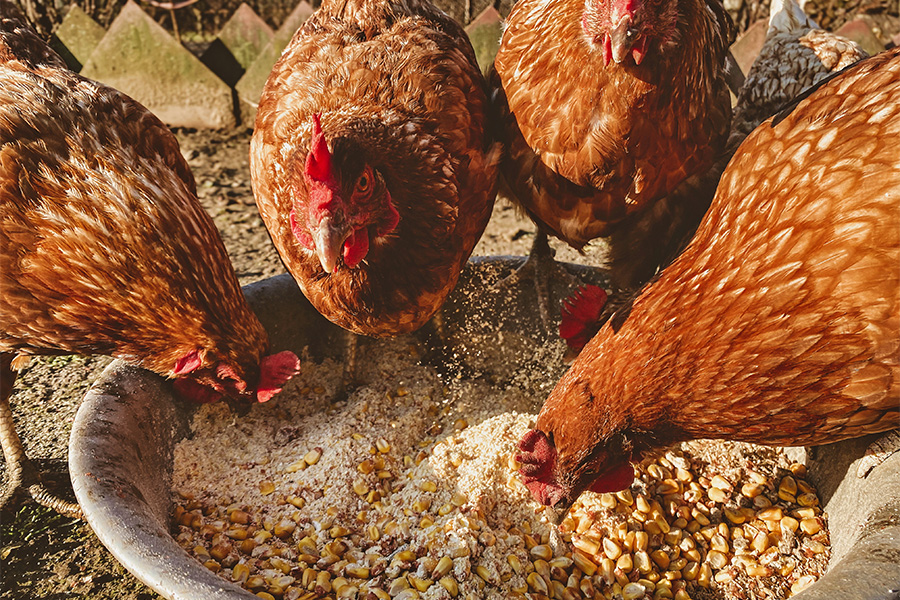
This bulletin is an educational reference for those who are interested in animal feeding and nutrition. It defines common terms used when discussing or reading about animal feeding and nutrition.
Uttam K. Saha and Lawton Stewart
|
-
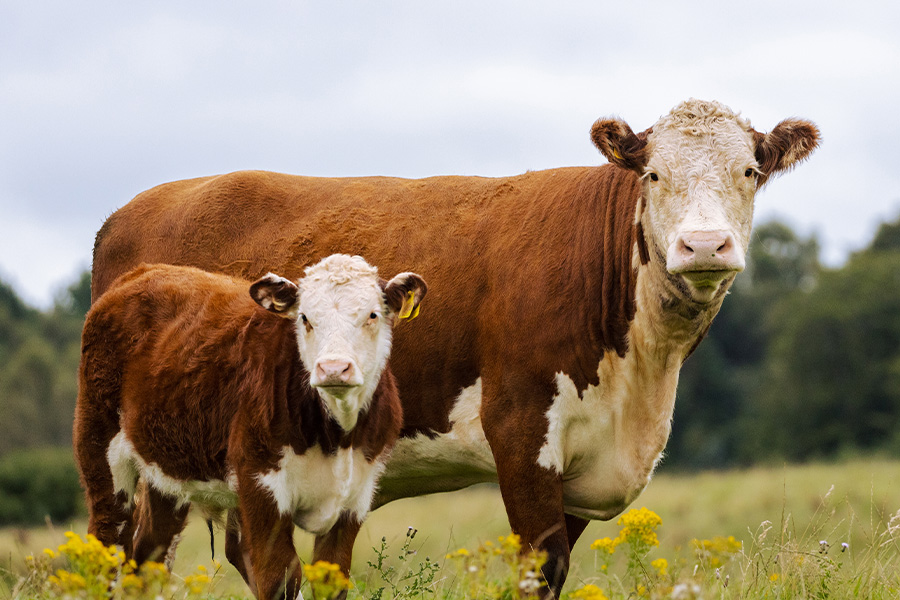
C 859
Selecting a Beef Breed
New cattle producers frequently ask, “Which breed should I choose?” This question brings cold chills to many knowledgeable cattle producers and excitement to just as many enthusiastic breeders. The diversity of resources and management capabilities of any operation makes this question difficult to answer.
Carole Knight and Ted G. Dyer
|
-
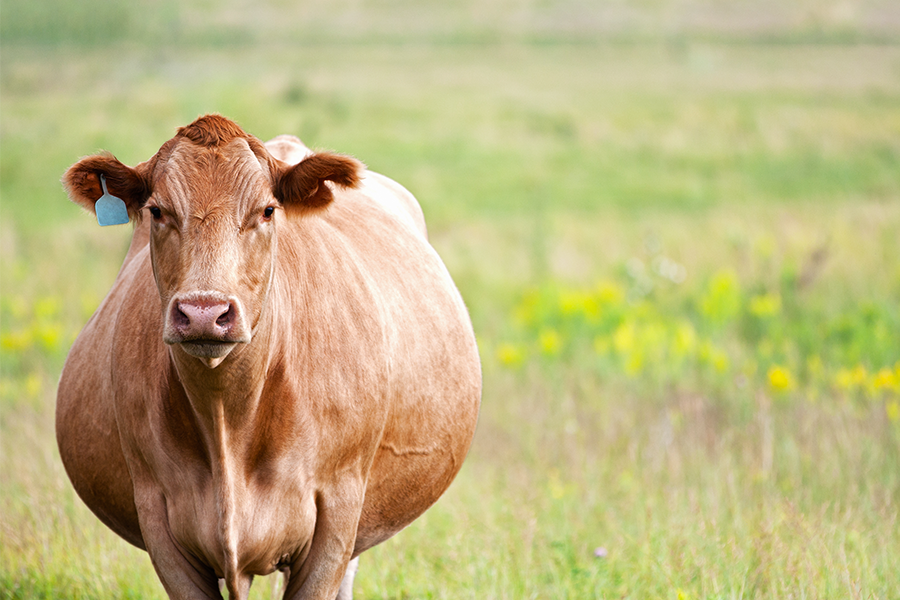
Cattle producers commonly evaluate reproductive performance by determining how many cows became pregnant during the breeding season. Although pregnancy rates are important, when the females become pregnant within the breeding season is a major component of cow-calf profitability. Cows that become pregnant early in the breeding season calve earlier in the calving season. Consequently, they have more time to recover before the next breeding season, which increases their chances of becoming pregnant and staying longer in the herd. Estrus synchronization programs have the ability of inducing estrus and can be combined with natural service to increase the percentage of cows and heifers that become pregnant early in the season. This publication describe different synchronization protocols that can be incorporated by cow-calf producers utilizing only natural service.
Nathan Eason, Jason Duggin, Pedro Fontes, and Andy Carter
|